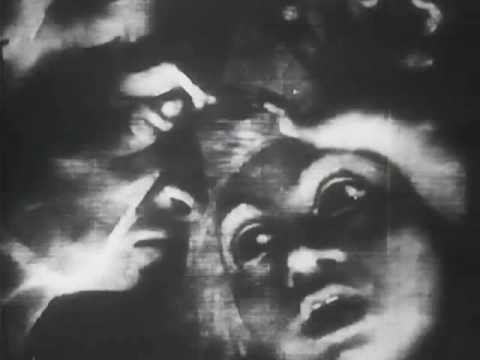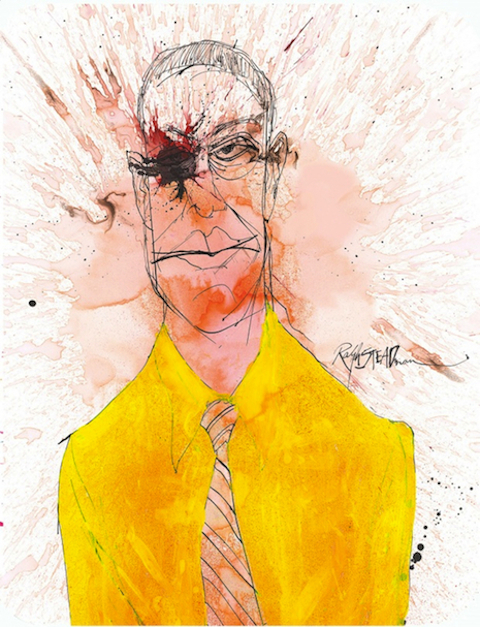Alice Guy-Blaché (1873 –1968) is the great trailblazer of early cinema you probably never heard of. She was film’s first female director. She made one of the first narrative movies ever at age 23. She wrote, directed and produced over 700 films. And she remains the only woman ever to build and run a movie studio. Even more remarkably, she did all of this before she had the legal right to vote, and when convention dictated that she wear a corset. Yet Alice Guy-Blaché‘s name doesn’t appear alongside other cinematic pioneers like George Méliès, Edwin S. Porter and D.W. Griffith in film school history books. Somehow, she has fallen out of the canon of great early filmmakers.
Fortunately, there’s a movement to correct this grievous error. In 2009, the Whitney Museum of American Art programmed a rare screening of 80 of her works. After a long campaign, the Directors Guild of America awarded Guy-Blaché with a Lifetime Achievement Award. And most recently, filmmakers Pamela Green and Jarik van Sluijs raised over $200,000 on Kickstarter for their upcoming documentary on Guy-Blaché called Be Natural, which is being executive produced by Robert Redford and narrated by Jodie Foster. See a trailer for the film below.
Born in 1873 in Paris to a bookseller, Alice Guy found work in 1894 as a secretary for Leon Gaumont, a still photographer who founded one of the first movie studios. Guy was immediately taken with the possibilities of film and asked her boss if she could experiment with their brand new movie camera. Her first film was The Cabbage Fairy (top), which shows a woman plucking infants from a cabbage patch in a single, unmoving shot. To a modern eye, The Cabbage Fairy might seem merely like a cute film that nicely captures Victorian whimsy. But this film was made in 1896, one year after the Lumière Brothers screened the first films ever made. In 1896, the Lumières were still making their Actualités – documentaries in their most basic form. Their most famous film was simply of a train roaring into the station. Guy’s film, by contrast, looks strikingly original.
Ten years later, she directed the big-budget film The Birth, Life and Death of Christ for Gaumont Studios. It was one of the first bible epics made for the silver screen, requiring over 300 extras. You can watch it above.
By 1907, Guy married cameraman Herbert Blaché and soon moved to New York. The filmmaker, now called Alice Guy-Blaché, founded The Solax Company with her husband in Fort Lee, New Jersey. There she continued to make groundbreaking movies. A Fool and his Money (1912), for instance, is the first movie ever with an all African-American cast. It was made three years before D. W. Griffith directed his cinematic landmark/racist embarrassment The Birth of a Nation.
True to film industry convention, her husband left her for an actress in the early 1920s. Soon thereafter Solax folded and Guy-Blaché returned to France. She never made another movie. In 1953, she was awarded the Légion d’honneur by the French government but, by then, most of her movies had been lost and her reputation as an early cinematic innovator was largely forgotten by the public.
Guy-Blaché’s films will be added to our collection, 4,000+ Free Movies Online: Great Classics, Indies, Noir, Westerns, Documentaries & More.
Related Content:
40 Great Filmmakers Go Old School, Shoot Short Films with 100 Year Old Camera
What David Lynch Can Do With a 100-Year-Old Camera and 52 Seconds of Film
A Trip to the Moon (and Five Other Free Films) by Georges Méliès, the Father of Special Effects
Watch The Hitch-Hiker by Ida Lupino (the Only Female Director of a 1950s Noir Film)
Jonathan Crow is a Los Angeles-based writer and filmmaker whose work has appeared in Yahoo!, The Hollywood Reporter, and other publications. You can follow him at @jonccrow. And check out his blog Veeptopus, featuring lots of pictures of vice presidents with octopuses on their heads. The Veeptopus store is here.











